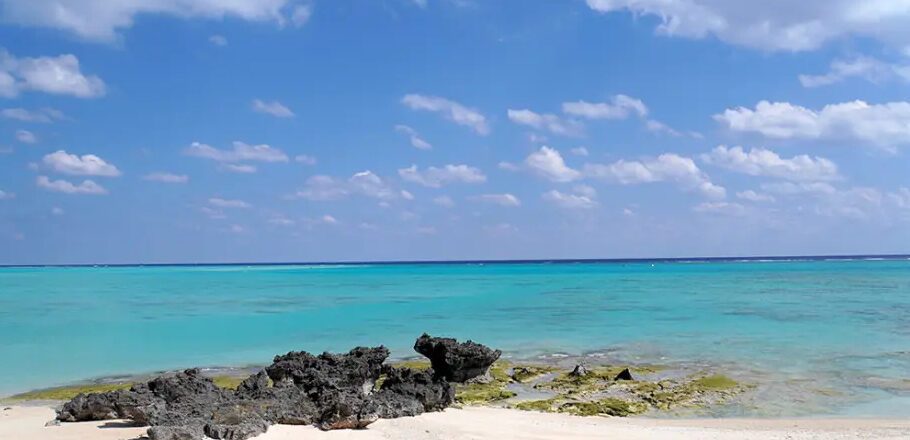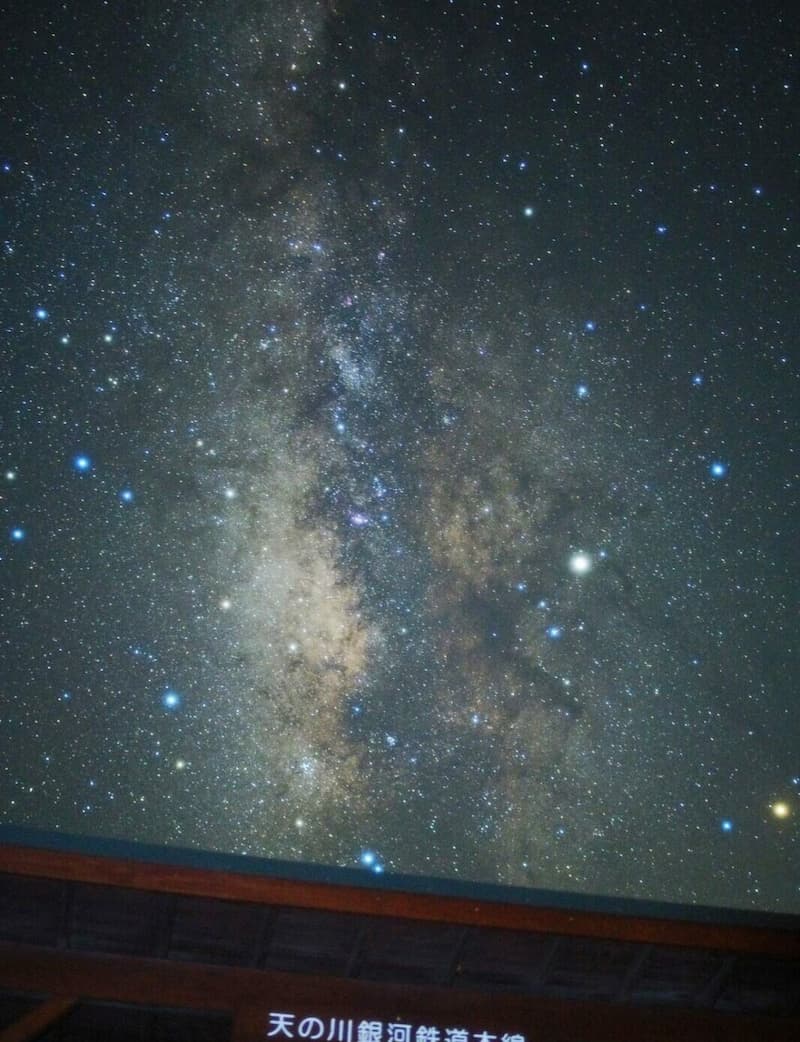Destination Stewardship Report – Volume 4, Issue 3
This post is from the Destination Stewardship Report, a publication that provides practical information and insights useful to anyone whose work or interests involve improving destination stewardship in a post-pandemic world.

Yoron Island: Empty horizon, flawless sky. (Photos courtesy Yoron Tourist Association)
Yoron Island Reaches for the Stars
Another winner from the Top 100 – Every year, Green Destinations organizes the Top 100 Destination Sustainability Stories competition, which invites submissions from around the world – a vetted collection of stories spotlighting local and regional destinations that are making progress toward sustainable management of tourism and its impacts. As previously, we’ve selected two more stories from the winners, this one from Japan, where an island turns its isolation into a starry sky attraction. Synopsis by Ailin Fei. Top 100 submission by Maki Yanagita, General Manager, Yoron Tourist Association.
How Dark Sky Tourism Mitigates Seasonality
Yoron Island, part of the Amami Islands, 600 km off the coast between Kagoshima and Okinawa, is a popular destination known for its “Yoron Blue” waters and about 60 white sandy beaches. However, the island faced economic challenges due to over-reliance on summer tourism and marine activities. A focus on year-round tourism and sustainability led tourism leaders to investigate “starry sky tourism.”

Yoron Island’s “starry sky”
Recognizing the island’s natural advantage of minimal light pollution, they decided to develop starry-sky tourism in collaboration with tourism faculty at Wakayama University. One task was to raise community awareness of their starry sky as a valuable asset and foster consensus with residents who have traditionally disliked the dark. Initiatives included organizing events, replacing unshielded outdoor lighting, and creating a “Starry Sky Guide” certification course.
Collaboration with the university extended to research on local astronomical legends and customs. The community established the “Night Sky Walking Guides Association” to guide stargazing activities.
The success of these efforts resulted in increased year-round tourism, with entrepreneurial ventures such as “starry sky guides.” The government plans to replace outdoor lighting with light-pollution-resistant options and apply for a starry sky protection zone, showcasing a commitment to safeguarding the celestial environment.
Collaboration with the university played a key role in the success of the project, extending tourism content and raising locally perceived value of landscape and nature preservation. The inclusive approach involved the government, university, and local businesses, contributing to the overall success of starry sky tourism on Yoron Island.




